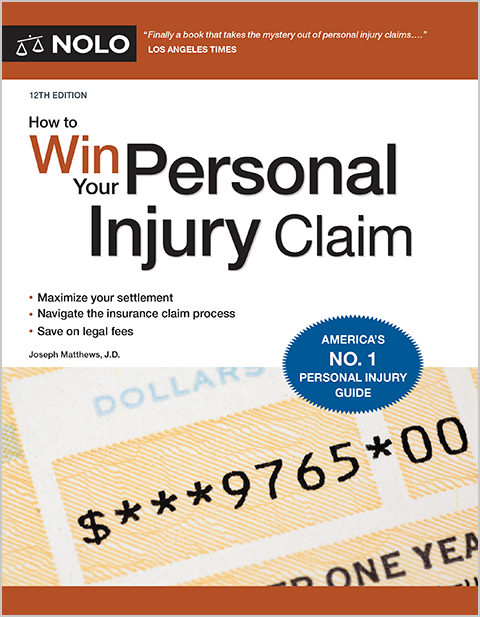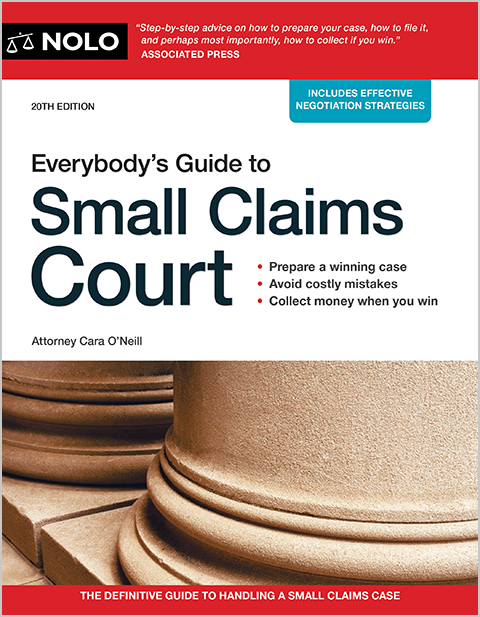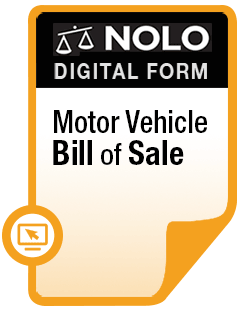Whose insurance covers vehicle damage after a car accident, and how do you get your car back on the road?
If your vehicle was damaged in a car accident, you probably want to know how to go about getting it repaired or replaced, and who will be financially responsible. The answers depend on:
- the extent of the vehicle's damage in relation to its value
- who was at fault for the car accident that led to the vehicle damage, and
- the types and amounts of available insurance coverage that might come into play after the accident.
Does Car Insurance Cover Repairs?
Yes. But if your vehicle has been damaged in any kind of accident, the first thing to know is that any insurance company—whether it's your own insurer or the other driver's—is only required to pay up to the value of your vehicle at the time of the accident (also known as "actual cash value").
If you've received a repair estimate or two after a car accident and it looks like repair costs will come close to or exceed the value of your car, the insurer will often:
- declare the vehicle a "total loss"
- pay you the actual cash value of your vehicle, and
- take possession of the vehicle (or you usually have the option of having the vehicle's "salvage" value deducted from your settlement, so you can keep the car).
Remember that with any type of property damage claim, the value of the claim has nothing to do with how much you originally paid for the property. And keep in mind that whichever insurance company ends up bearing financial responsibility for the vehicle damage portion of your car accident losses, that insurer will only pay for repairs/replacement of your vehicle up to policy limits.
For example, if the other driver was at fault and caused $12,000 in vehicle damage to your car, but they only have $10,000 in property damage coverage, that driver's insurer will only pay $10,000 toward your repair costs.
Get the basics on how car insurance coverage works after an accident.
If the Other Driver Was at Fault
If the other driver was at fault for your car accident, you probably have the option of filing a claim with that person's car insurance company (assuming they have liability property damage coverage) in order to get your car repaired or replaced. This is known as a "third party" insurance claim. Learn more about making a third-party insurance claim after a car accident.
Using Your Own Collision Coverage
Collision coverage ensures that you will be reimbursed for vehicle damage resulting from a crash, regardless of who caused it. If the other driver was at fault and had enough insurance coverage, you wouldn't make a claim against your own insurance policy's collision coverage. But if they were at fault and also uinsured, your collision coverage would be a good option.
Using Your Uninsured Motorist Property Damage Coverage
Standard uninsured motorist coverage applies only to car accident injuries and other losses relating to those injuries; it doesn't cover vehicle damage. But a specific kind of coverage called "Uninsured Motorist Property Damage" does apply to vehicle damage caused by an uninsured driver who was at fault for an accident, and you can use it to get your vehicle fixed in this situation. Just keep in mind that this kind of coverage is optional, so you need to make sure you have it as part of your policy.
If You Were at Fault for Your Vehicle's Damage
If you were at fault for the car accident and you caused your own vehicle's damage, you would either have to pay for the damage yourself out of pocket, or make a claim against your own policy's collision coverage, if you have it.
Can I Use Comprehensive Coverage After an Car Accident?
Comprehensive coverage will pay for damage caused by something other than a collision—like weather, fires, and falling tree branches. It also covers theft, vandalism, and (sometimes) accidents involving animals. But you can't use it to pay for vehicle damage after an accident incolving
How Do I Get My Car Fixed After an Accident?
Regardless of whose insurance company is responsible for paying your repair costs, the first thing that you have to do is report the accident and get the car insurance claim process started.
After that, the insurer will usually have your car inspected. If the car is drivable, the insurer might ask you to bring it to a drive-through inspection station. If the car is not drivable, the insurer will usually have an inspector come to wherever the car is located.
The insurer will then come up with an estimate of the damages, which may or may not be enough to pay for the repairs. Although the insurer might recommend that you bring the car to a mechanic of its choice, you always have the right to use your preferred mechanic.
Once you get the insurer's estimate, you may want to bring your car to your mechanic and ask if they will accept the insurer's estimate. If they will, then everything is all set. If your preferred mechanic thinks the estimate is too low, they will often agree to call the insurance adjuster and discuss things directly.
Do I Have to Use the Car Insurance Check to Fix My Car?
If you own your car outright, and the car insurance company didn't send a check directly to the repair shop, it's usually fine to use your vehicle damage claim settlement however you'd like. But if you're financing or leasing your car, you don't have this same option; you need to get the car fixed under the terms of your vehicle purchase/lease agreement.
Another thing to consider is that, somewhere down the proverbial road, you might end up in another car accident in the same vehicle, and you may need to make another vehicle damage claim with the same insurance company. If you pocketed the last settlement check instead of getting your car fixed, and now the vehicle damage is worse than it might have been after this latest accident, the insurance company might factor that into its repair cost/vehicle valuation calculations.
Does the Insurance Company Have to Pay for My Rental Car?
If you're making a car insurance claim under the other driver's liability coverage, you're usually entitled to reimbursement of rental car costs while you wait to get your car back, but there's going to be a limit on:
- how much the insurance company will pay per day in rental car costs, and
- how long they'll cover the rental (if repairs drag on, this can become an issue).
If you're making a vehicle damage claim under your own collision coverage, you probably need to make sure you have a specific "rental reimbursement" endorsement or "loss of use" coverage in order to get a rental car paid for.
Next Steps When Your Vehicle Has Been Damaged
If your car accident left you with vehicle damage, but no injuries, it probably makes sense to get the insurance claim process started on your own, without a lawyer's help. That's especially if you're proceeding through your own insurance company. For more tips on getting your vehicle repaired the right way after a car accident, get How to Win Your Personal Injury Claim by Joseph L. Matthews (Nolo).
If your car accident also resulted in injuries, or if you and the insurance company are miles apart when it comes to what it's going to cost (or who's going to pay) to get your car fixed, it might make sense to discuss your situation with an experienced legal professional. Learn more about how a car accident attorney can help.



